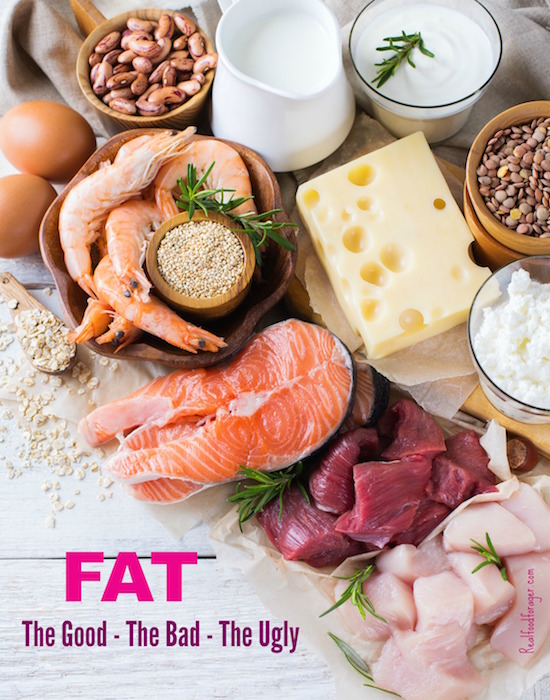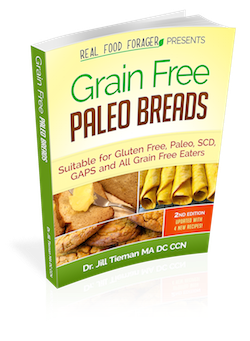In Robert Lustig's YouTube video "Sugar: The Bitter Truth" he makes the argument that sugar is as poisonous and dangerous to health as cigarettes and alcohol. He may know something about this as he is a pediatric endocrinologist and the leading expert on childhood obesity at the University of California School of Medicine. Dr. Lustig argues that sugar and high fructose corn syrup (HFCS) are poisons that are abused by people and they are the leading cause of the obesity epidemic in America today. This epidemic causes diabetes, high blood pressure, heart disease, insulin resistance or metabolic syndrome and cancer. The research that he is interpreting in order to make that statement implicates fructose and the way that it is metabolized by the body.
April 2011
There was good news in the health sector recently. Several news items reported that in their latest analysis the USDA has found that eggs actually contain less cholesterol than they did in 2002. In addition, today's eggs have more vitamin D than in 2002. “The American Egg Board attributes the changes to improvements in American farmers' hen feed, which includes a vitamin D supplement." I guess the improvements to hen feed are the GM corn and GM soy that hens are fed. Not to mention the hormones, antibiotics, arsenic and other goodies. Certainly the hens would need a vitamin D supplement because conventional hens are confined and typically never see the light of day, have the ability to run around and forage for bugs, worms or what-have-you, or have the warm sun on their back in order to generate vitamin D naturally.
Blueberries add flavor, texture and a slew of antioxidants to any baked product. Antioxidants consist of a group of vitamins, minerals and enzymes that help bind up harmful metabolic by-products called "free radicals" that can lead to tissue and DNA damage, cancer, heart disease, diabetes and other age-related diseases. Free radicals are highly reactive compounds that are formed from normal metabolic functions in the body and also when our cells are exposed to a variety of substances such as radiation, chemicals, pollution, smoke, drugs, alcohol, pesticides and the sun. A poor diet also contributes to the formation of free radicals. Anthocyanin (the pigment that makes blueberries blue) contains naturally occurring plant chemicals called polyphenols which have very high antioxidant characteristics. The darker, deeper blue fruits have the highest anthocyanin values, thereby supplying the most potent antioxidant sources.
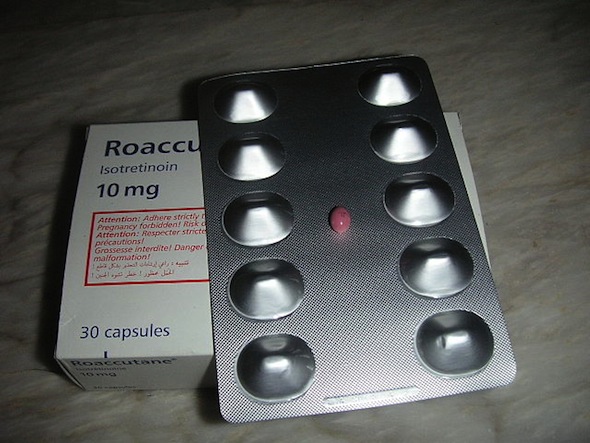
Conventional medicine does not address the common-sense knowledge that diet can affect acne, in spite of current published research showing just that.
The usual and customary comment from a medical doctor about acne, is that "...there is no scientific evidence that diet plays a role...". That answer, coming from a health care professional with "expertise," leads to the inevitable prescription for topical medicines, or the stronger Accutane or antibiotics.
While pastured chickens are incredibly healthy birds, sometimes they can be a little tough due to all that running around outside. To rectify this, I brine the chicken overnight before roasting. It does add a step to the cooking process, but it really tenderizes the meat and keeps it very moist. A simple brine is just salt water. Some recipes add sugar to the brine, but that is not something I would do. By soaking the meat in a salt solution, it allows the cell membranes to open up and the salt can enter the cell, followed by the water. This plumps up the proteins and allows it to retain moisture while cooking.
Would you like to live next door to one of these? Or anywhere nearby for that matter? What you see above is a Concentrated Animal Feeding Operation (CAFO) that may house hundreds to thousands of factory farmed animals in confinement buildings. It epitomizes the corporate takeover of chickens, turkeys, ducks, cows, calves, pigs, etc. It is the embodiment of cruelty to animals.
Easter is not a tradition in my family, so growing up I did not have many opportunities to dye Easter eggs, except one or two times with a friend. In light of all the recent news about the detrimental effects of artificial food colorings (get more information about the latest research on food dyes here and here), I thought I would experiment with homemade, natural dyes. Instead of exposing your children to the toxins in artificial colorings through their skin (yes, the chemicals go right through the skin into the body), you can use these natural dyes instead.
What could be more of a comfort food than matzoh ball soup? While it is part of the traditional meal on Jewish holidays, matzoh ball soup is enjoyed year round by many people. Also known as Jewish penicillin, it does indeed ward off the chills and aches of a cold or flu.
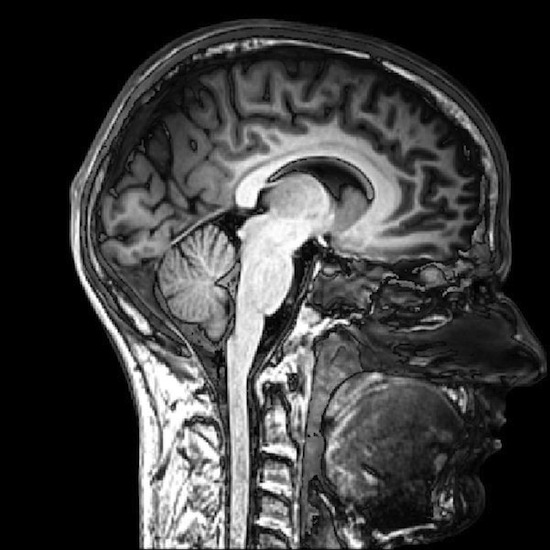
New research published in the Archives of General Psychiatry by scientists at Yale University indicates that there is actually neural activity similar to drug addiction when a tempting food is presented. Researchers studied 48 young women of various weights. Using functional MRI (fMRI) the investigators were able to document the parts of the brain that are activated when a person sees a tempting food.
You don't have to be Jewish to love matzoh. While matzoh (also spelled, matzo, matza, matzah) is traditionally eaten for the seven days of Passover, it can be enjoyed year round as well. For Jewish people it has special historical significance. Passover is a recognition of the Jewish exodus from Egypt. The Israelites had to leave Egypt in such haste, they could not wait for their bread dough to rise. The resulting product was matzoh (Exodus 12:39).
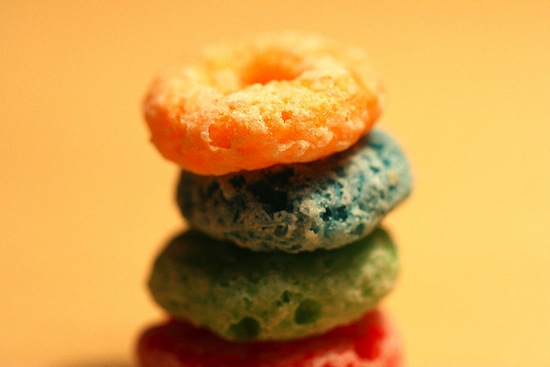
Does it comes as any surprise that the Food and Drug Administration concluded "... that the current scientific data is just not solid enough to show that artificial food dyes cause hyperactivity in most children." On March 31, the Food Advisory Committee -- a panel of outside experts in nutrition, toxicology, food science, immunology, and psychology -- held a two day meeting, at the request of the Center for Science in the Public Interest (CSPI).

